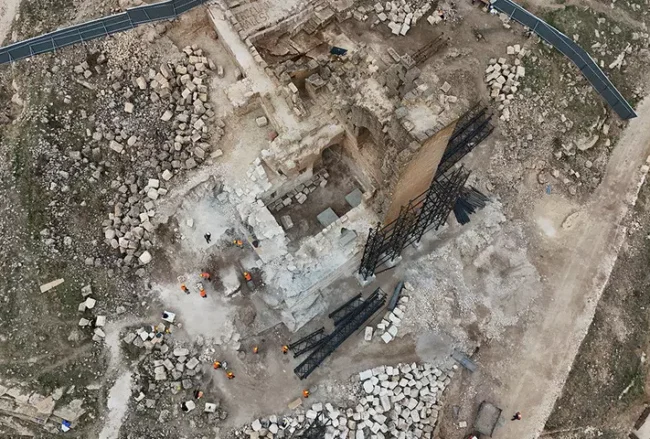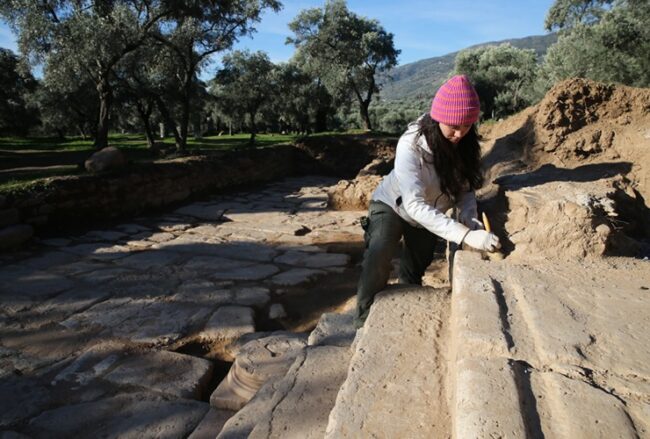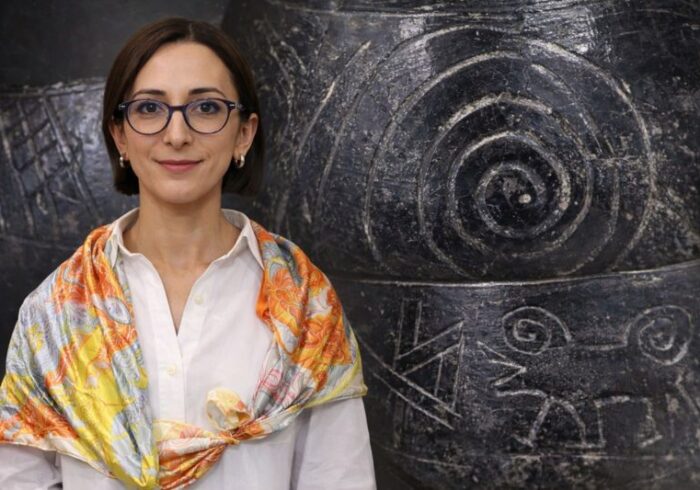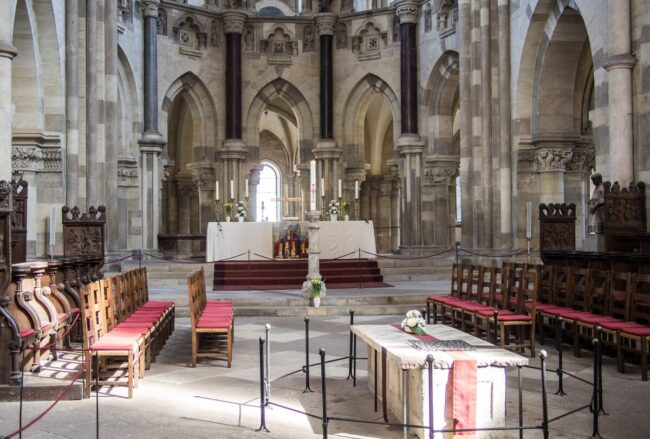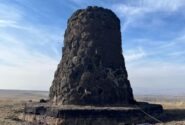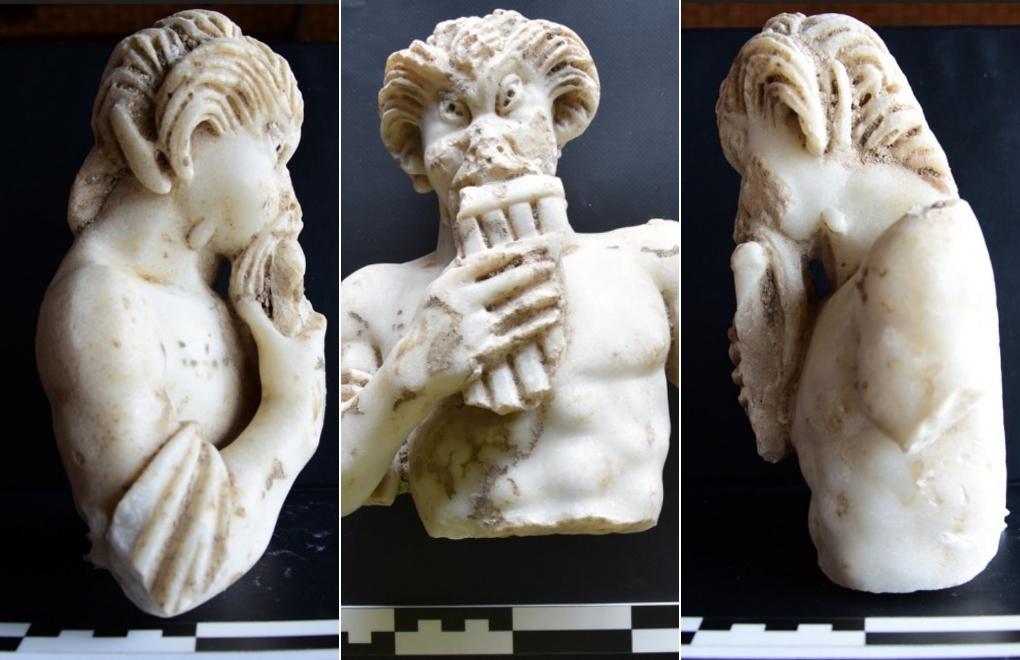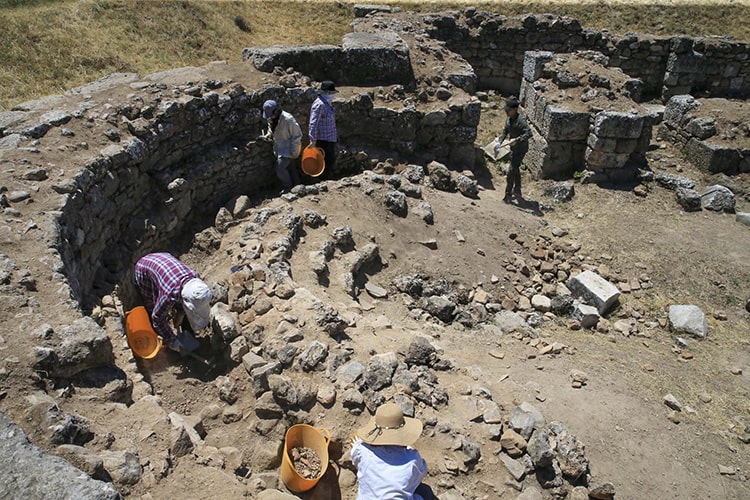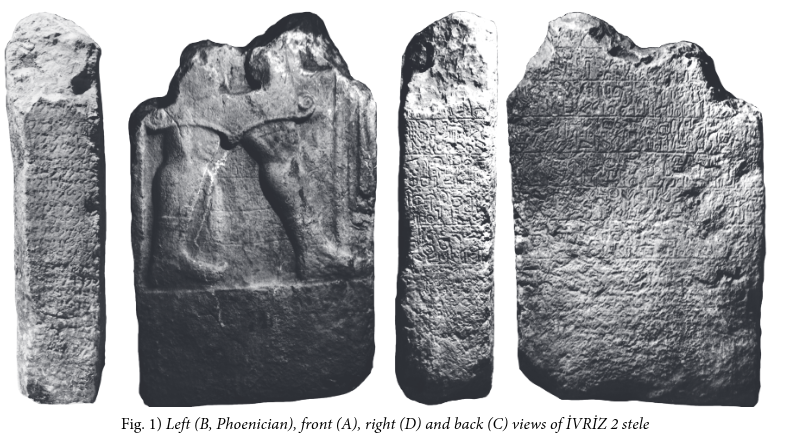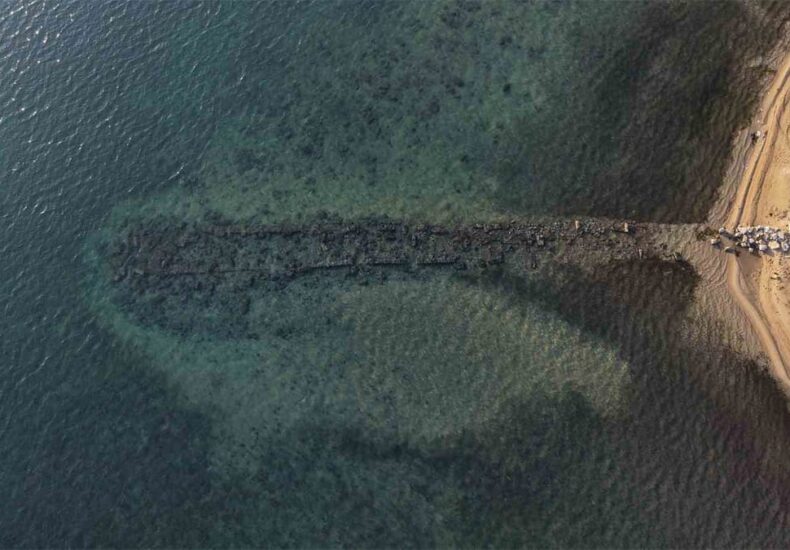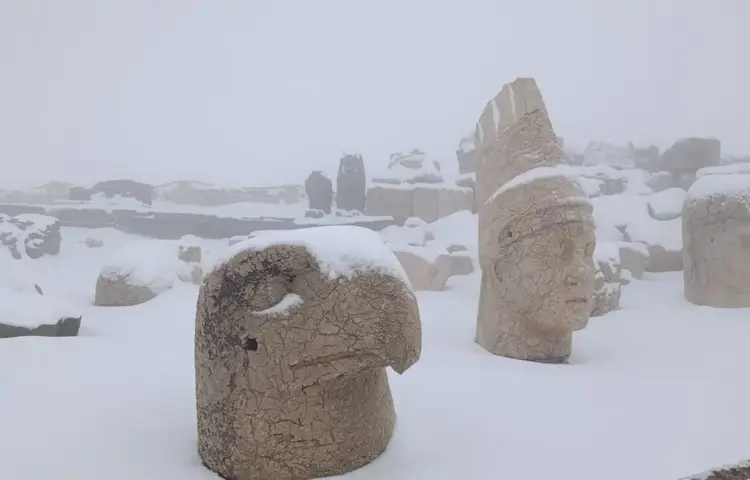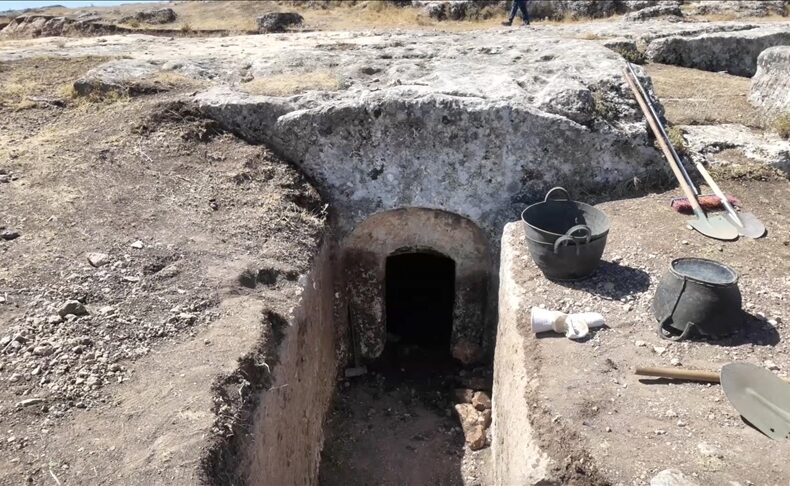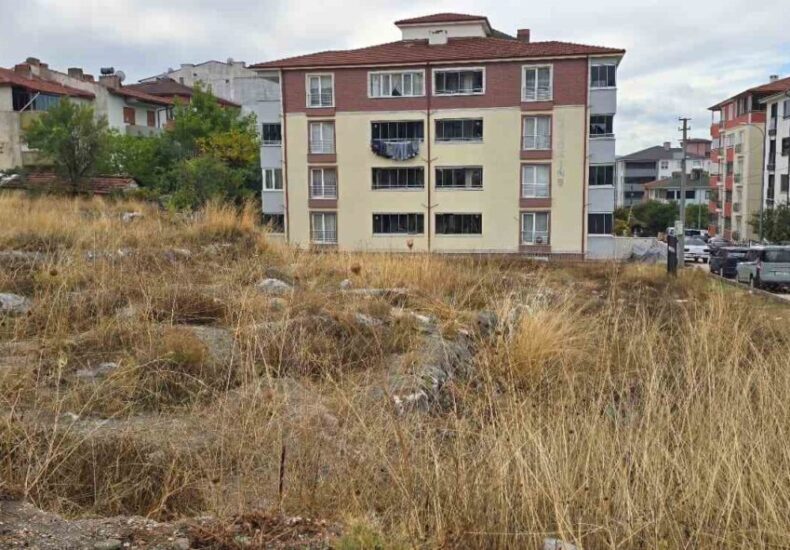Symbols Beyond Decoration: New Research Decodes the Visual Language of Karaz Pottery
At first glance, Karaz pottery looks restrained—almost austere. Dark surfaces. Limited color. Repeating forms.But that first impression is deceptive. Look closer, and those vessels begin to speak. According to a new doctoral study, the motifs covering Karaz ceramics were not added merely to decorate everyday objects. They formed a visual language, developed and understood within

